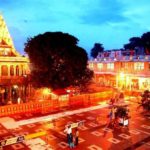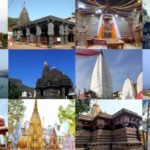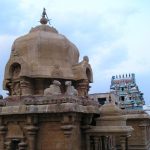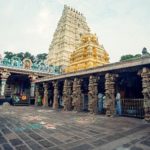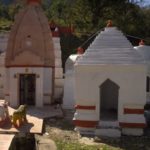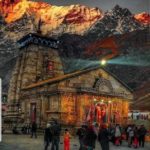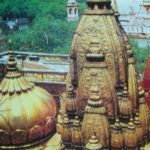Golden temple is the most sanctified and venerated Gurdwara for the Sikhs. Although, tourists and travellers from all over the world visit this temple. The serene beauty and Godliness of the Golden temple has always awed tourists. For generations, tourists have been starstruck at the view of a golden structure in the middle of the water, on all four sides.
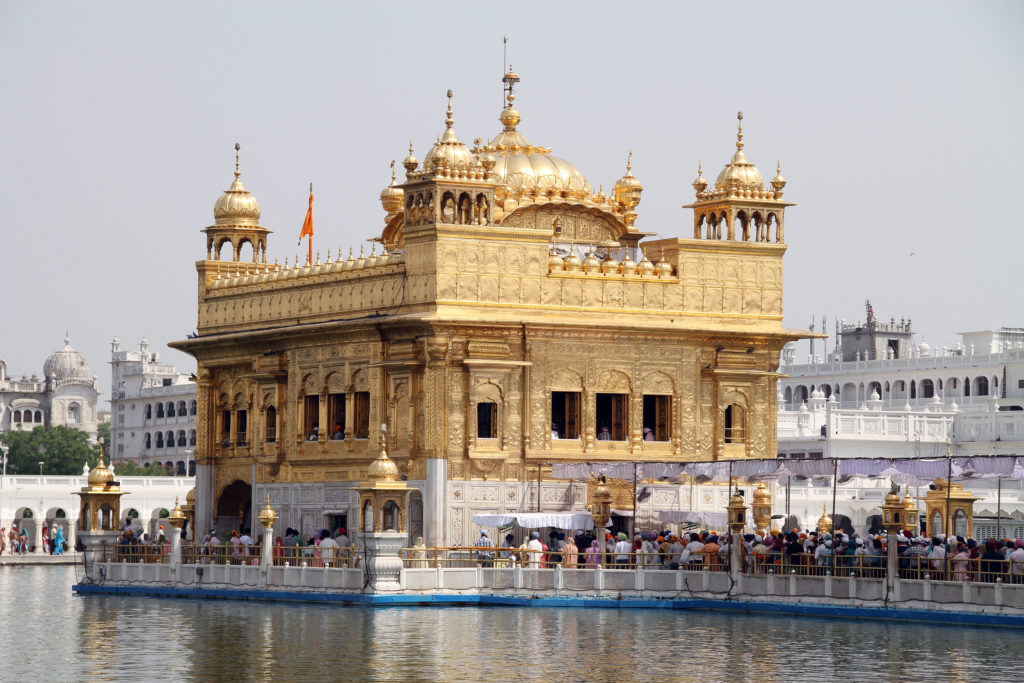
History
The third Guru of Sikhs, Guru Ram Das initiated the history of Golden temple. It started by the excavation of a holy tank and building up of a settlement around it, in 1570. While Sikh followers claim that Guru Ram Das laid the foundation of the Golden Temple, the history says that the fifth Guru Sahib, Guru Arjan invited his close friend Sai Mian Mir, a Muslim priest, to lay the foundation. In 1588, the fifth Guru Sahib, Guru Arjan ideated the central place of worship for all religions, without the difference of caste and creed. In 1602, Guru Arjan placed Adi Granth in the temple and declared it as ‘Ath Sath Tirath’ which means ‘holy shrine of 68 pilgrimages’.
During the Mughal Rule
Mughal rulers and forces from Afghanistan damaged the Golden temple continuously. Ahmed Shah Abdali destroyed the temple consecutively in 1757 and 1762. Finally, it was Sardar Jassa Singh who reconstructed the temple in 1764. In 1776, the main building of the Golden Temple, or Harmandir Sahib, came into existence.
Maharaja Ranjit Singh
Maharaja Ranjit Singh is the one responsible for the present day look of the Golden temple. It was Maharaja Ranjit Singh who contributed 1000 kgs of gold and other gemstones for the renewal of the gurdwara.
Engineers of Maharaja Ranjit Singh used marble and copper to construct the Golden Temple. The golden layering of the outside and inside walls of the temple led to its name, the Golden Temple. The construction lasted till 1830.
Operation Blue Star
Unfortunately, the temple had to face another set of destructions in 1984, during the fight between Sikh terrorists and the Indian Army, called Operation Blue Star. The army destroyed one part of Harmandir Sahib killing a number of sages and pilgrims. The final renovation after Operation Blue Star finished in 1985.
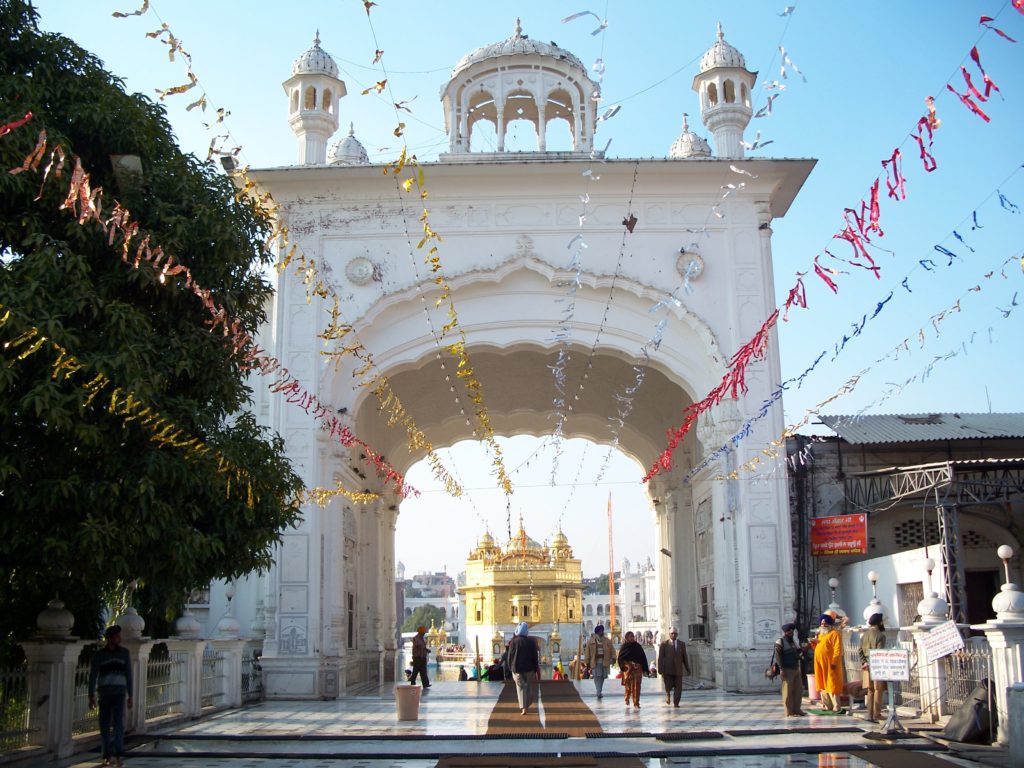
Interesting Facts
Golden temple is also known as, Harmandir Sahib or Abode of God. It is the most revered pilgrimage of Sikhs. Golden temple information you must have before you visit the glorious temple, are:
- Harmandir Sahib is built around the doctrines of Sikhism. The primary teaching the Gurdwara uses is the quality of equality. Equality has been maintained in each and every aspect of the Golden Temple.
- The temple is plated with 750 kgs of pure gold and invites people of all religions to come and worship under it.
- The gates of the temple are located in all four directions. This is to say that everyone is free to come and worship in the temple, without any distinction of caste, class, and religion.
- Interestingly, a Muslin sage, Mian Mir is believed to have laid the foundation stone of Golden temple Chandigarh in 1588. Though, this fact is still under controversy.
- Golden temple is in the middle of a holy tank called Amrit Sarovar. It is believed that anyone who bathes in the holy tank gets rid of his sins and ailments.
Some More Facts
- Around 1 lakh people are fed every day at the Golden temple langar. It is a free food service, where everyone sits together and eats the same food, without any distinction of caste, class, and religion.
- The holy shrine of Golden temple is located below ground level, which puts another Sikh doctrine into the reality that one has to be humble and polite when going to pray to God.
- The holy book of Sikhs, Guru Granth Sahib, is placed in Harmandir Sahib on an elevated platform, under a canopy studded with precious jewels.
- On the lower levels of the shrine, there are amazing carvings in both Hindu and Islamic designs.
- The Golden Temple, or Harmandir Sahib, or Darbar Sahib, was not originally made of gold but was plated with gold during Maharaja Ranjit Singh’s reign.
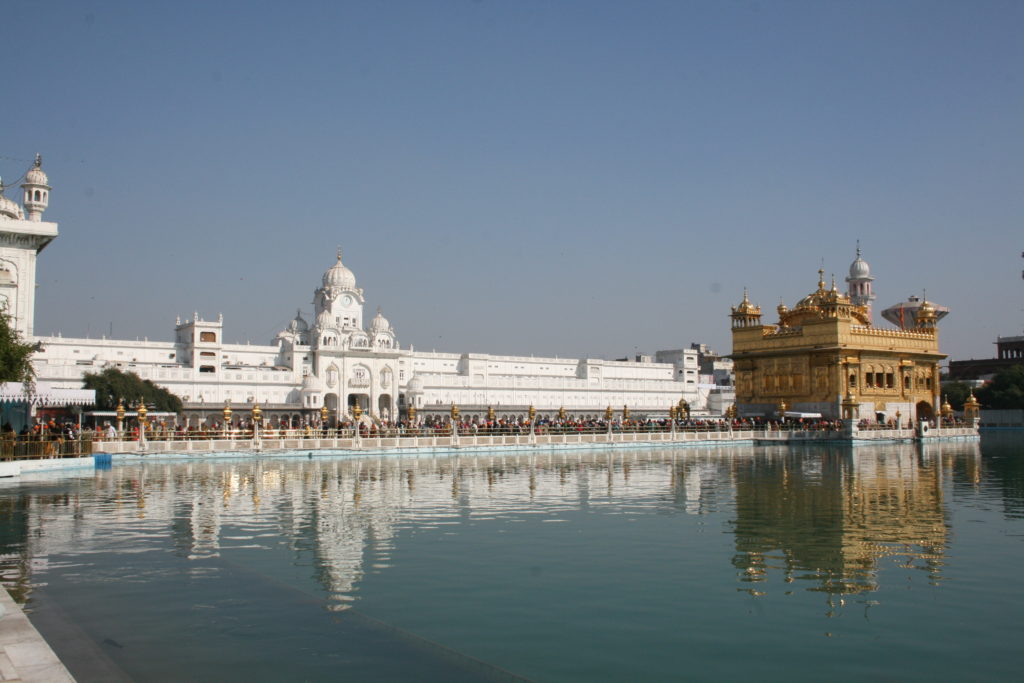
Myths
Amrit Sarovar, the artificial holy tank is a huge attraction for tourists. It boasts of the widest variety of fish, some of which are rare to find. It is said that the waters of Amrit Sarovar have magical powers. That anyone who takes a dip in the holy water gets rid of his ailments. For instance, it is said that once a leper took a dip in the holy water and he was free of leprosy when he came out. There are carvings on the wall of the tank, which speaks of the miraculous powers of the water.
Guru Granth Sahib
Guru Granth Sahib is a compilation of the teachings of the ten gurus of Sikhism. Therefore, devotees consider it as the only and eternal guru of the Sikhs. They do not pray any deity or idol but the holy scripture. The first Guru Sahib, Guru Nanak laid the foundation of Sikhism. His birthday celebrated on Guru Nanak Jayanti, 4th of November. The devotees of Golden temple celebrates this day with great fervor and exhilaration.
Architecture
You can see a mix of Indian and Mughal architect in the carvings and works of the Golden Temple. Gold and other precious gemstones adorn the inner walls of the dome. The Guru reads scripts, hymns, and devotional songs from the holy book throughout the day in this sanctum.
Akal Takht, or throne of the timeless one, is the highest seat of power in Sikhism, built by Guru Hargobind Singh.
The artificial, square-shaped pond, Arit Sarovar keeps the entire complex cool and serene.
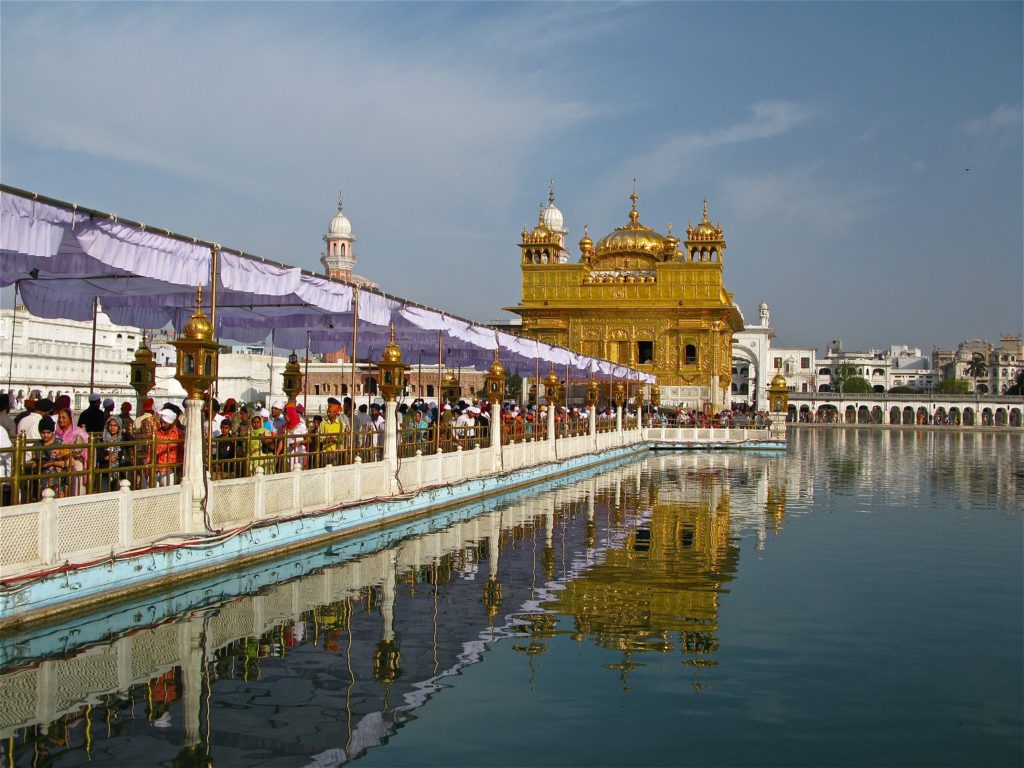
Golden Temple Timings
You can visit Golden Temple Gurdwara anytime from Monday to Sunday. It opens at 2:15 a.m. and closes at 10:45 p.m. Every morning, Sikh Gurus and other sages carry the holy scripture in a golden palanquin to the Harmandir Sahib from Akal Takht (a place to rest) and place it on its seat. Throughout the day you can hear hymns and holy songs and readings from the Granth Sahib. If you are able to visit the temple in the early morning, you can catch the first thought of the day or ‘Hukamnama’. It is popular with the local residents, and thousands throng into the temple to hear it. Holy recitals continue throughout the day. You must take the holy offering, known as ‘Karah Prasad’ at the end of your prayers. Walk in a queue to the point, where priests distribute the prasad.
The day closes at 10:30 p.m. At this hour, the Sikh priests carry the Granth Sahib back to the Akal Takht in a golden palanquin.
How to Reach The Golden Temple
Air
Raja Sani International Airport, Amritsar is the only international airport in Punjab. The airport has facilities to accommodate Jet, Spice Jets, Air India, Go Air, and Indigo flights.
Railways
Amritsar Railway station is 2-3 km away from Golden Temple. A cab from Station would take around 70 -80 bucks to drop you off at the temple.
Road
Grand Trunk Karnal Road connects Delhi to Amritsar. There are daily buses to Chandigarh, Dehradun, Delhi, Jammu, and Katra from Amritsar Bus Depot.
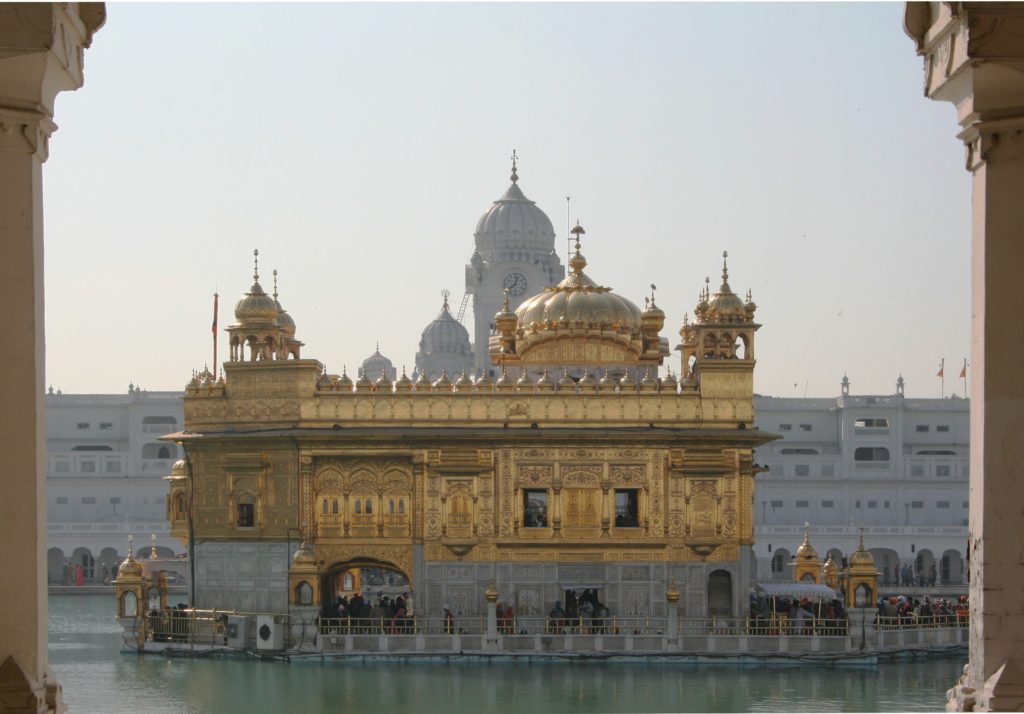
Accommodation
The Golden temple is located in the heart of Amritsar. There are a number of hotels and lodges close to the temple complex. Dharmshalas for pilgrimages are there inside the temple complex. Hotel Osahan Paradise, Hotel Urban Galaxy and CSJS Inn by Krishna Group of Hotel are located in the range of 1 km from Harmandir Sahib. Nutz Backpackers provides room to tourists at a cost of 999 INR per night and are popular with tourists.
Places to Visit Near Golden Temple
Amritsar is a perfect tourist destination for travellers. Amritsar is an amalgamation of pilgrimage and the independence movement of India. You can witness the struggle of Indian freedom fighters at Jallianwala Bagh. Maharaja Ranjit Singh Garden or Ram Bagh Garden will mesmerize you with its beauty. In addition to this, the garden also comprises of Maharaja Ranjit Singh Museum. The museum showcases some rare collection of coins, weapons, and armoury. Gobindgarh Fort built in the 19th century is a marvel to look at.
The most attractive element of an Amritsar visit is surely Amritsar Wagah Border Beating Retreat Ceremony. In this, soldiers of both nations, India and Pakistan perform a millitary drill. They beat the ground under them and raise it to their height. Experience the most exciting performance by the military and the gate closing ceremony from special seats. You can wrap up this experience in between 2000-3000 INR.





